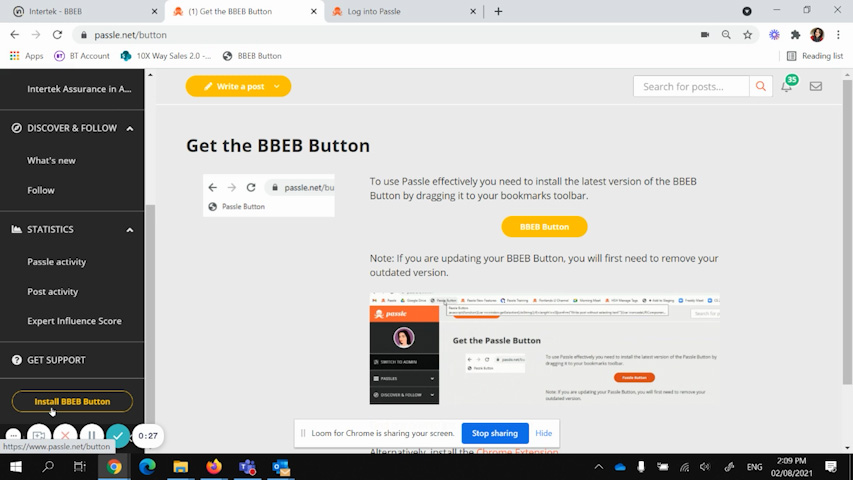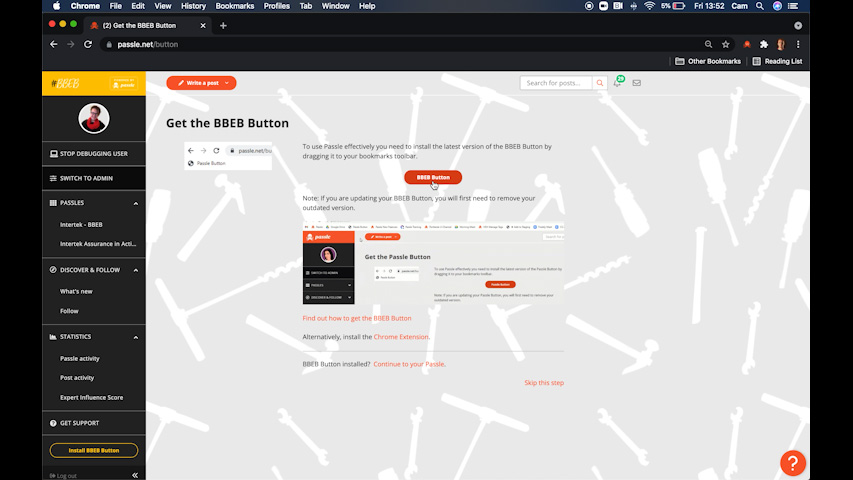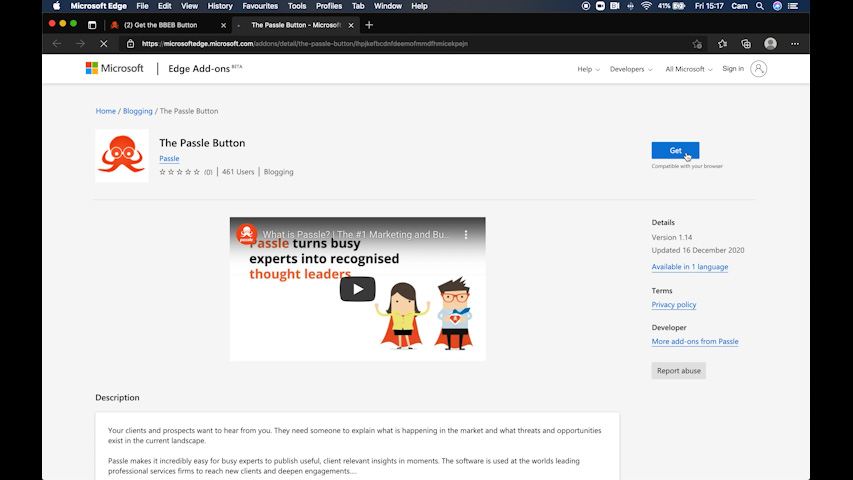Foods with high levels of plastic are a growing concern due to microplastics that can enter the food chain. Microplastics are tiny plastic fragments or fibers less than 5 millimeters long, originating from various sources like plastic debris and packaging materials. The highest-risk foods include seafood, especially shellfish, because they tend to ingest plastics from polluted waters. Salt, honey, and drinking water can also contain microplastics due to environmental contamination and processing methods. Packaged foods, especially those in plastic containers, are at risk due to the potential leaching of plastic particles into the food. This raises health concerns because microplastics could release harmful chemicals or cause physical blockages in the body.
Reducing exposure to plastics in food involves consuming less packaged food, choosing fresh and unpackaged options, and supporting environmental initiatives that reduce plastic waste. For a comprehensive look into which foods contain the most plastics, check reputable environmental research or science articles for detailed information and insights. Understanding the sources and risks can help make more informed choices and advocate for policies that reduce plastic contamination.
"How much plastic will you have for dinner, sir? And you, ma'am?" While that may seem like a line from a satirical skit on "Saturday Night Live," research is showing it's much too close to reality.
 unknownx500
unknownx500




/Passle/5e4a7839abdfeb03584d01f6/SearchServiceImages/2024-08-22-20-27-03-444-66c79f1768298c02fd0957aa.jpg)

/Passle/5e4a7839abdfeb03584d01f6/SearchServiceImages/2024-09-09-21-11-28-708-66df6480bc767422072f3d80.jpg)









